Where Is The Goat In Mt Shiveer On Animal Jam
 | Spoiler warning! This article shows where to find every location and fact about the natural environment of Mt. Shiveer. You may not want to spoil the experience for yourself. |
Location
| Species | Location | |
|---|---|---|
| | Partridge | Flies towards the left of the campfire; southwest (Moving). |
| | Juniper | Towards the right of the Himalayan Poppies and left of the hot springs (Notwithstanding). |
| | Himalayan Poppy | Growing close where the Hot Cocoa Hut or Pet Finder is located; on the left side (Still). |
| | Yak | In the distance near the game Gem Billow, a herd of Yaks should be institute once the fog subsides (Moving). |
| | Hawk Moth | Flutters higher up the rocks above the plesiosaur (Moving). |
| | Lemming | At the right of the "Ice Slide"; towards the beginning of the slope upwards (Moving). |
| | Permafrost | To the right of the warning sign, near the routes leading up the mountains (Still). |
| | Slate | The Slate Journey Book item was moved to space to the correct of the Hot Cocoa Hut, due to the Balloosh bridge, simply since February three, 2020, it is missing, it is just obtainable by clicking a certain infinite underneath the Balloosh span (Nevertheless). |
| | Himalayan Tahr | This animal is found climbing upward in the distant mountains every bit a pocket-sized figure, next to the slide, and gets bigger and bigger each time (Moving). |
| | Gilt | Found at the cave where a sign points towards Crystal Sands (Withal). |
| | Blood-red Panda | The far correct bottom corner, next to the hot springs, climbing on the bamboo (Moving). |
Fun Facts
At that place are eleven entries to detect here and the prize is a Scarlet Panda Plushie.
| Species | Description | |
|---|---|---|
 | Partridges | Partridges are game birds, which means they are hunted for their meat. There are many different species of partridges, and each species has its ain unique colors and appearance. Some partridges are brown and white, some have ruby-red faces, and some are even blue-green! |
 | Juniper Trees | Juniper trees and shrubs are evergreens, which means they stay green all year and don't lose their leaves in the autumn. Juniper berries are bluish-grey in colour, and they have a very strong gustatory modality and smell. Some junipers tin can grow up to 50 feet alpine! |
 | Himalayan Poppies | Himalayan poppies are said to exist the color of the blue Tibetan sky. The leaves and stems of Himalayan poppies are covered in sharp spines! The Himalayan poppy is the national flower of Bhutan. |
 | Yaks | Yaks are a type of wild cattle that alive in Asia at loftier elevations, ranging from x,000 to 18,000 feet! In China, yaks are known as hairy cattle, because they look like cows covered in long, thick pilus. Yaks are used in many unlike ways. Their meat and milk is eaten, their hair is used to make cloth, and their peel is used to brand coats and blankets. |
 | Hawk Moths | Hawk moths are powerful fliers and can achieve speeds of nearly thirty miles per hr! Most hawk moths adults sip nectar through a long strawlike tongue chosen a proboscis. One species, however, steals honey from bees! Hawk moths can have wingspans that measure out up to viii inches across. |
 | Lemmings | Lemmings are rodents and are related to mice. Every 2–5 years, some lemming populations will grow so large that thousands of lemmings volition drift in search of nutrient and a better habitat. A common myth claims that during this migration, lemmings will jump off high cliffs and into the ocean! Thankfully, this is not true! |
 | Permafrost | Permafrost is soil that stays frozen for years at a time. Depending on what different materials are in the soil, different patterns tin form in the permafrost. Scientists estimate that some permafrost in Siberia has been frozen for more than 1,000,000 years straight! |
 | Slate | Slate is formed when shale is exposed to immense heat and pressure! Among other things, slate has been used in road structure, roofing, and physical mixes. Slate is establish all throughout the world in places where small pieces of stone have been pressed together under force per unit area for thousands of years! |
 | Himalayan Tahrs | Himalayan tahrs are goatlike animals that live on some of the steepest cliffs and mountains in the world! Himalayan tahrs alive in groups of ii to 30 animals. Female tahrs tin weigh upward to 80 pounds, and male tahrs tin can counterbalance up to 160 pounds! |
 | Gold | Gold has been prized among civilizations since aboriginal times. Gold is one of the easier metals to form and was ofttimes used by ancient civilizations to make jewelry. Since gilded is such a soft metallic, copper is sometimes added to go far harder. |
 | Cherry-red Pandas | Red pandas are likewise called lesser pandas and firefoxes. In the by, scientists have identified red pandas as relatives of both giant pandas and raccoons! Red pandas weight near 8 pounds and are about 23 inches long. Their bushy, ringed tails are almost as long as their bodies are! |
Gallery
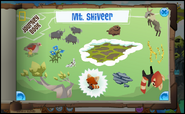
Completed Journey Book in Mt. Shiveer
Quondam Photos
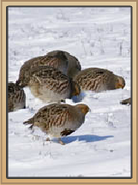
Partridges
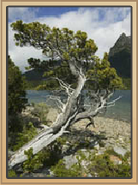
Juniper Tree
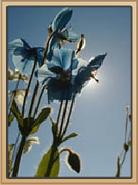
Himalayan Poppies
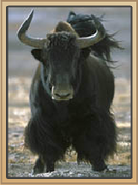
Yak
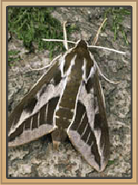
Hawk Moth
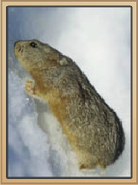
Lemmings
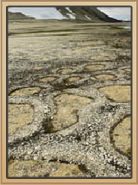
Permafrost
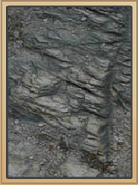
Slate
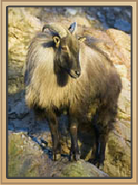
Himalayan Tahr
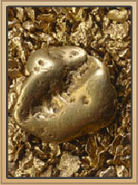
Gold
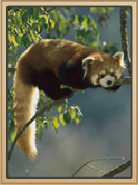
Crimson Panda
Source: https://animaljam.fandom.com/wiki/Journey_Book_(Mt._Shiveer)#:~:text=This%20animal%20is%20found%20climbing,bigger%20each%20time%20(Moving).&text=Found%20at%20the%20cavern%20where,towards%20Crystal%20Sands%20(Still).
Posted by: balfourwatiod.blogspot.com

0 Response to "Where Is The Goat In Mt Shiveer On Animal Jam"
Post a Comment